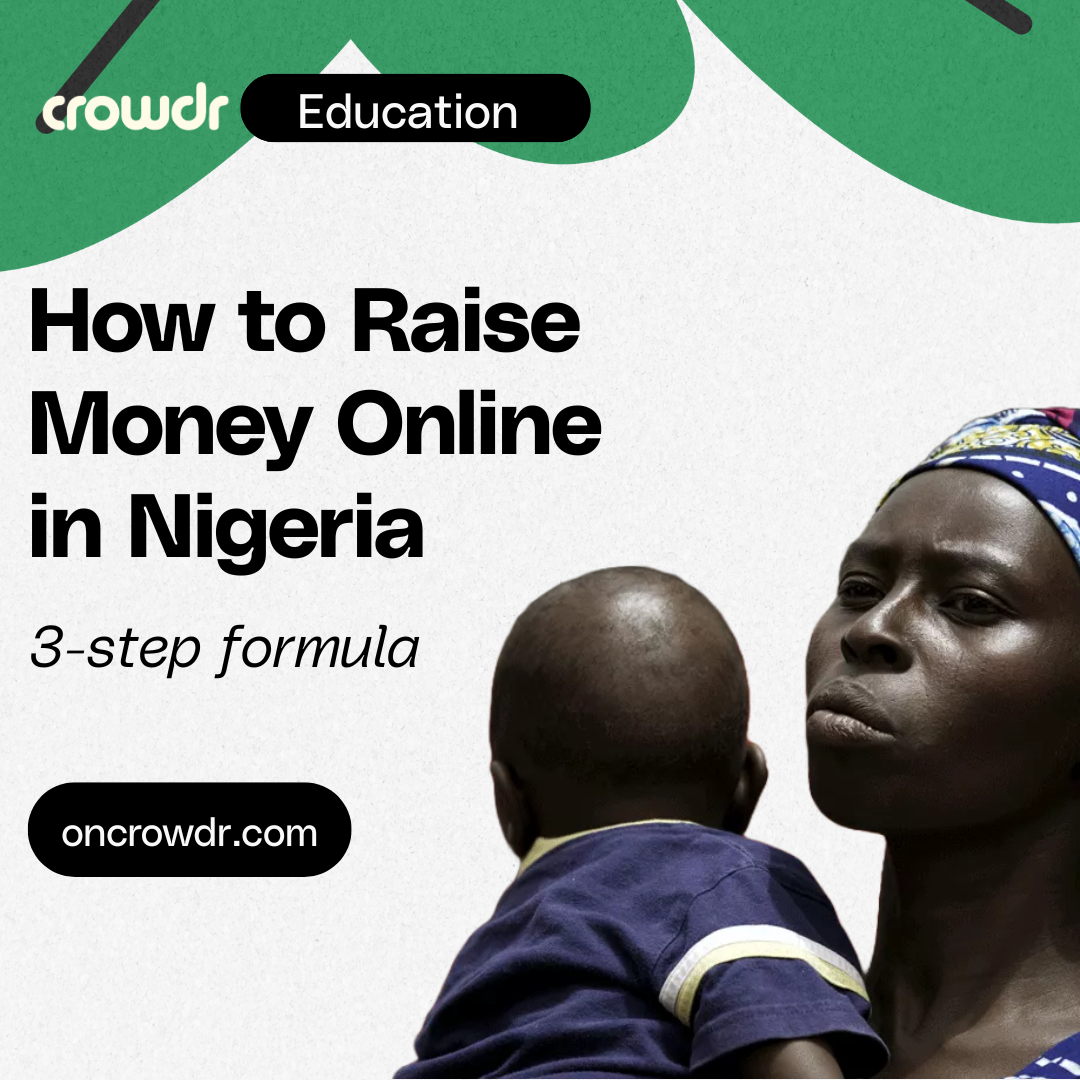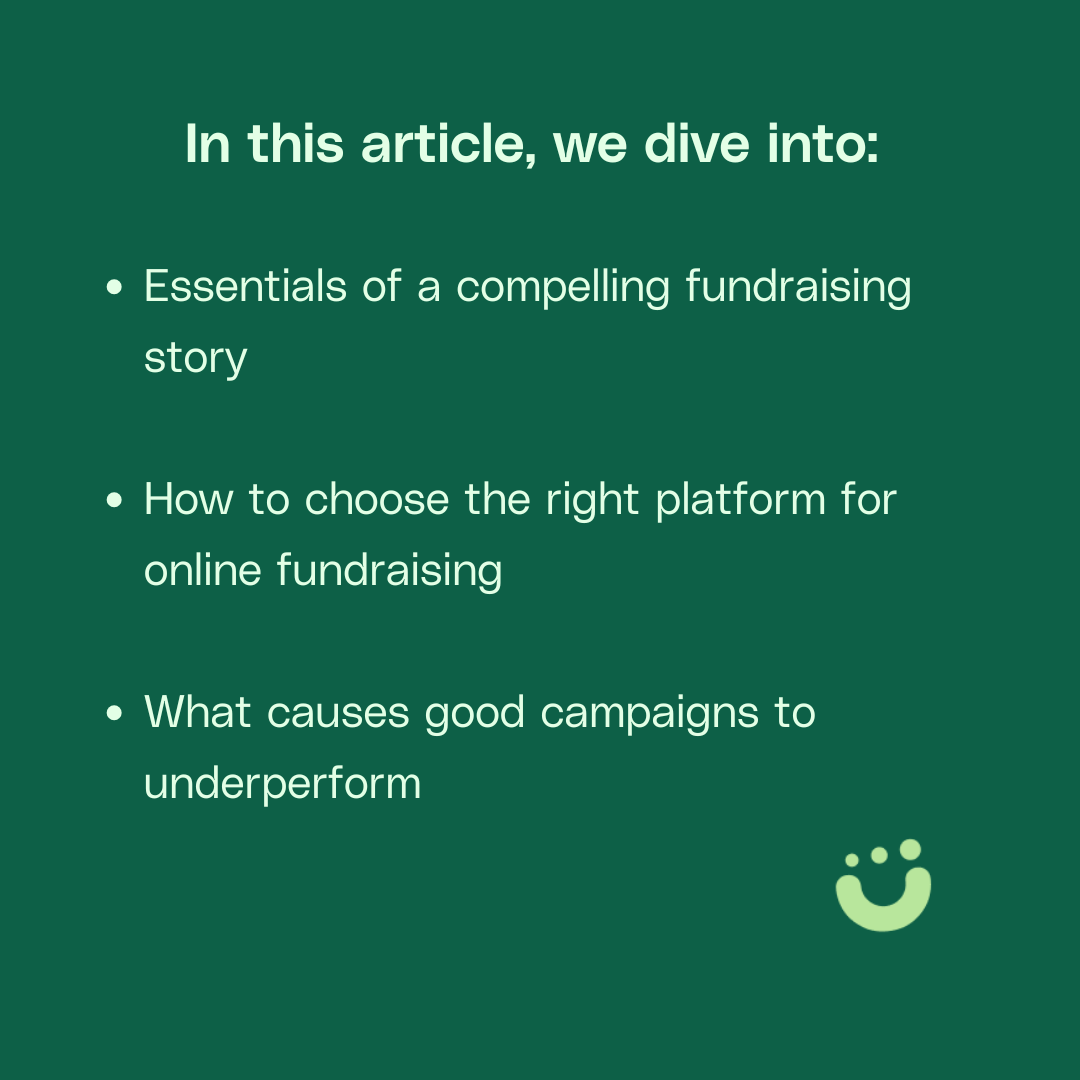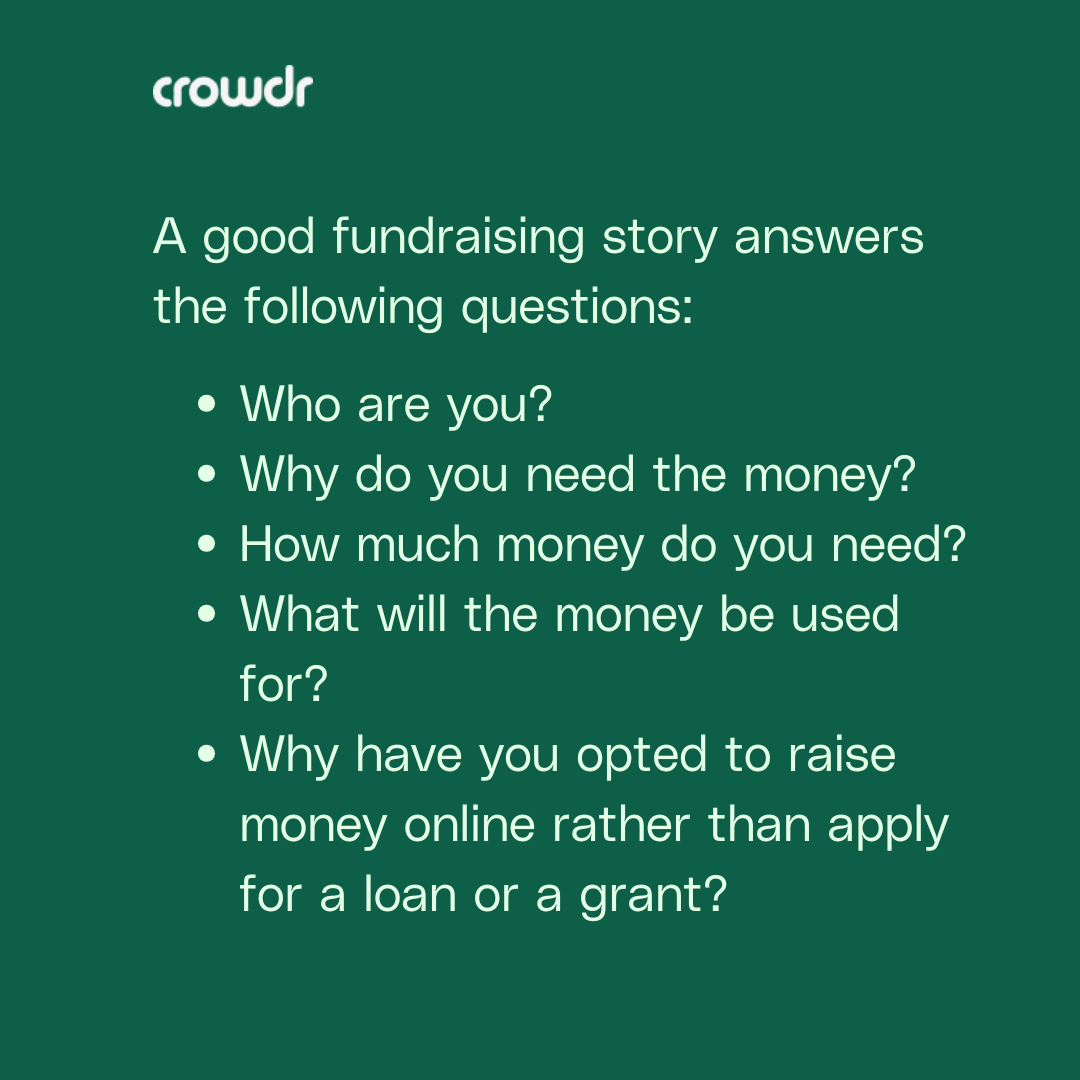How to Raise Money Online in Nigeria: 3-Step Formula
We looked at successful campaigns and found 3 constants—storytelling, spot-on platform selection and concentrated promotion.

How many times have you seen this? Someone shares their challenges on the internet, and just like that, strangers give them money to sort out their problems.
Seems like magic, but it's not. Raising money online, a.k.a. crowdfunding, is on the rise in Nigeria.
If you've ever tried raising money online and gotten stuck or had poor results, you're definitely wondering what you didn't do right.
While not absolute, there's actually a formula to successful online fundraising. Whether you are raising money for personal needs or social impact projects, the formula will prove useful.

But first, can you really raise money online for anything?
Yes, you can. People donate to any campaign they resonate with—and that could be anything from tuition fees to a trip abroad or a business.
The important thing is that you're not raising money for something illegal.
Crowdfunding is legal in Nigeria, but with some limitations. For example, you can’t give donors equity in exchange for crowdfunding your business according to SEC regulations.
However, business owners can access peer-to-peer investments or loans through platforms like HerVest, Cowrywise, and FINT.
Once you are sure that your fundraising intentions are within bounds of the law, take the following steps for successful online fundraising.
Step 1: Craft a compelling story
Storytelling is like oxygen to fundraising. A fundraising campaign with poor storytelling is dead on arrival!
Your story is what helps people decide to engage with your campaign or not. It falls on you to ensure your story is clear and persuasive.
A good story tells your donors the following:
- Who are you?
- Why do you need the money?
- How much money do you need?
- What will the money be used for?
- Why have you opted to raise money online rather than apply for a loan or a grant?
Good fundraising stories don't just state the facts though; they evoke emotions and maybe some curiosity.
See for yourself, which of the fundraising stories below would you be convinced by?
Story A Hi friends, I'm Jette, a 23-year-old tourism graduate from Lagos State University. I'm raising funds to travel the world so I can kickstart my career as an international travel journalist.
I need 2 million Naira to fund my travels, as I earn very little from my current job.
I'll really appreciate your donations, every penny counts. Thank you.
Story B Hello world, I'm Jette, and I need your help to kick off my career as a travel journalist.
I studied tourism at the University of Lagos and graduated two years ago. After school I struggled to find a good job, so I worked as a private tour guide.
Thankfully, I earn a modest income from my work while helping people discover lesser-known tourist attractions in Nigeria.
However, I desire to pursue a career as an international travel journalist—it’s been my dream since I was fifteen. Additionally, I'll earn a better income.
I have taken a couple of certificate courses, but I need practical experience. This means I need to travel outside Nigeria.
I need your help to raise 2 million Naira in 3 months for my visa applications and plane tickets to Morocco, Ethiopia and Malaysia.
Thank you for supporting my dreams.
Clearly story B is the better option, it answers the essential questions and offers a strong reason.

Storytelling FAQs
Q: What if I'm not a good storyteller?
A: Get a gifted friend or a professional to help you draft one. You can even use AI to help smoothen out your drafts. Ensure you retain your authenticity, so you don't end up sounding like a robot.
Q: Is it important to mention a total amount and a time frame?
A: Yes, absolutely! If you don't state your fundraising amount, potential donors may assume amounts that are too much or too little–either way, it decreases their chances of donating.
Leaving your time frame undetermined encourages donors to think they can do it later. Unfortunately, it's likely they'll never get back to it.
Your timeframe adds to the sense of urgency in your story that spurs immediate action.
Step 2: Choose the right platform
The best platform for raising money online depends on your preferred fundraising strategy.
Let's see what that means.
In donation-based fundraising you don't offer donors any reward. They just give out of the goodness of their hearts.
Below are some platforms for donation-based crowdfunding along with their primary pros and cons.
Social media platforms
You can share your story on your social media accounts and attach your account number or a payment link.
Pros: The process is relatively simple, and you don't have to pay processing fees to any platform.
Cons: You might struggle to establish credibility, and your popularity on social media is a deciding factor.
Crowdfunding platforms
Platforms like Crowdr allow you to create crowdfunding campaigns. People donate to your online fundraiser through the platform.
Pros: Third-party verification gives credibility to your campaign. Also, Crowdr can help create promotional media and share your campaign.
Additionally, fundraising on Crowdr is always a team sport—they'll give you support to ensure successful fundraising.
Cons: Funds are held by a third party, so you can't start spending immediately. You'll pay processing fees, but Crowdr takes only 5% of total funds raised to support operations.
For reward-based online fundraising, you offer something in exchange for donations. It works great if you're raising money for a business or creative project.
For example, if you're an artist raising funds for a new studio, you can reward your donors with digital versions of your artworks.
Selar, Crowdr, and Paystack Storefront are platforms that facilitate rewards-based crowdfunding.
Step 3: Promote and engage
Adequate promotion and donor engagement requires a significant amount of time and energy. Sometimes it might even require spending money.
It’s intense, but the only other option is a campaign that underperforms.
Campaign promotion
Promoting your fundraising campaign simply means putting it in front of as many people as possible.
You can start by sharing your campaign across all your social media accounts. Then, ask your friends, family and online followers to share it on their pages as well.
If your nonprofit can afford to run budget social media and web ads, do that too.
Campaign engagement
Next is to engage your donors, even potential ones. Say ‘thank you’ publicly and privately for donations made. Some people might ask questions about your campaign; you should reply to them quickly and politely.
By interacting with people who have questions or comments, you build a community of supporters.
It's also important that you keep donors updated about how the fundraising is coming along.
Finally, you need to share details of how you used the money. That is a surefire way to build trust and get return donors for your next online fundraising campaign.
Before you go, check out Reni's crowdfunding campaign that raised 3.4 million Naira. It shows the 3-step formula in action.
Conclusion
Besides borrowing from loved ones or loan apps, people are raising money online. You too can do it.
Our three-step formula—compelling story, the right platform and intensive promotion—significantly increases your chances of a successful campaign.
